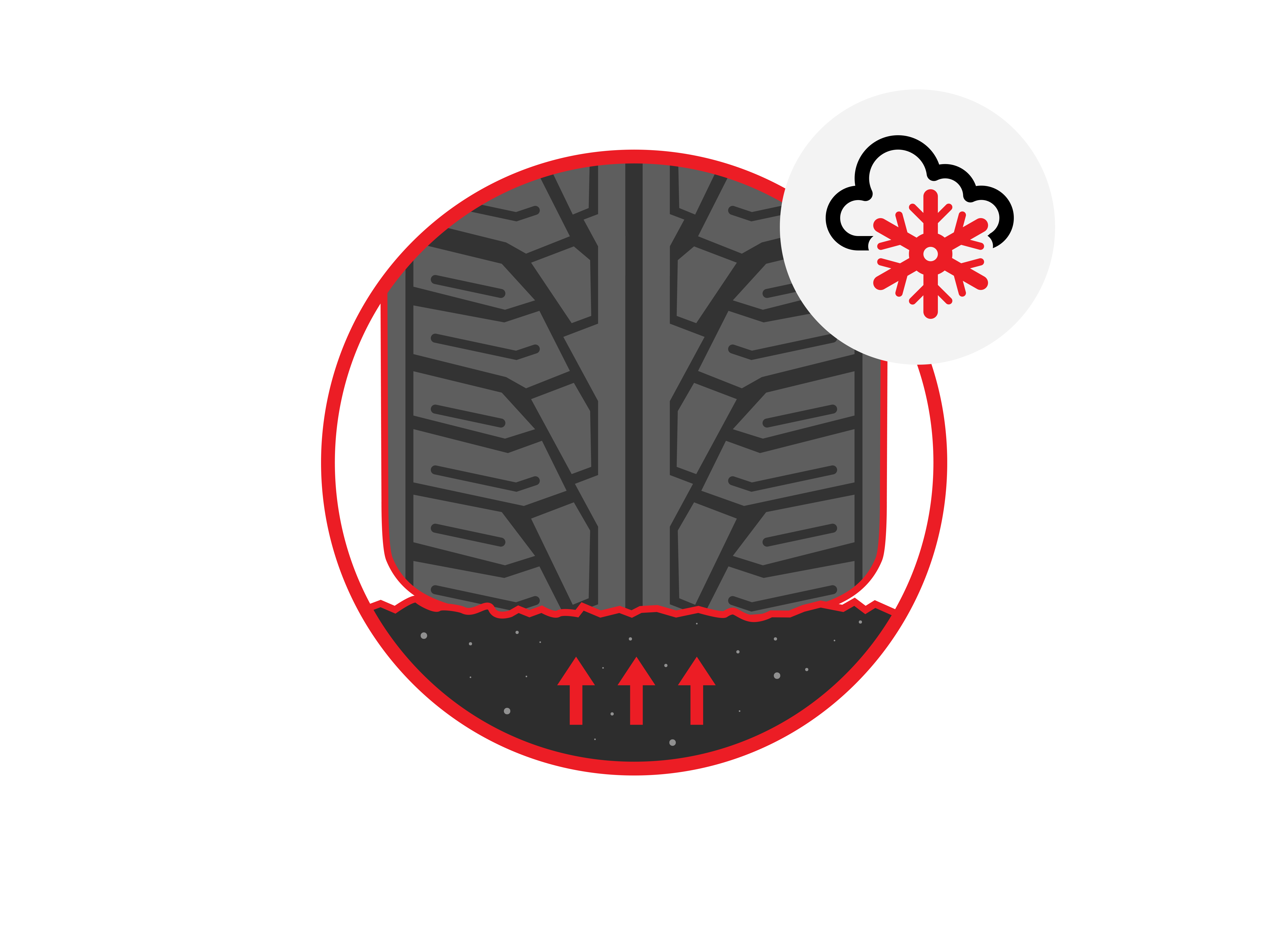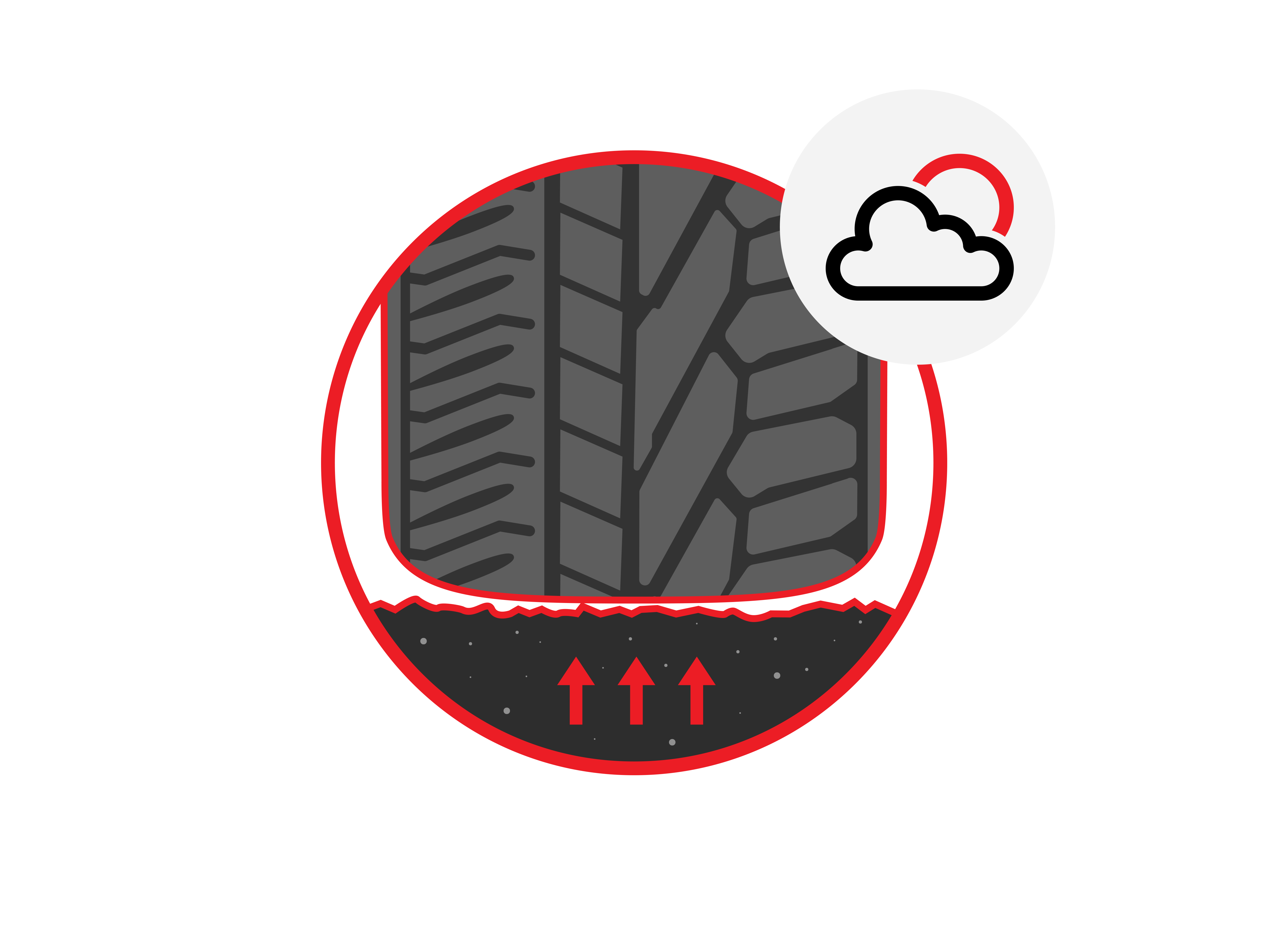
Why is it that in some countries it’s either compulsory or recommended to swap your tyres twice a year? Why can’t you keep using your summer tyres in winter? And, likewise, why can’t you use your winter tyres in summer?
The difference between summer and winter tyres

The fact is, they’re designed for specific purposes. While they both perform optimally in certain temperatures, they underperform when used in temperatures above or below their intended roles. It therefore compromises safety to drive with summer tyres in winter and winter tyres in summer.
- Summer tyres underperform in temperatures lower than 7 degrees C.
- They are prone to cracking.
- They are less efficient on snow.
- Their braking distances are longer than winter tyres in colder weather.
What’s wrong with summer tyres in winter?
Summer tyres have less natural rubber compound than winter tyres – so they’re not as soft. Their firmness helps the tyre to grip wet and dry roads in milder temperatures.
However, when temperatures fall below +7 degrees C, this extra rigidity can cause a problem. The colder the temperature gets, the stiffer summer tyres become. And this can lead to cracking.
Summer tyres also have a different tread pattern, which is shallower than those used on winter tyres. This makes them excellent for deflecting rain but less able to deal with snow. While winter tyres hold snow and slush in their tread blocks - creating added traction in wet, wintery conditions – summer tyres compact the snow on impact, making the contact area more slippery.
The true benefits of summer tyres are evident when temperatures rise above +7 degrees C. At this point, winter tyres become less efficient.
In milder climates, summer tyres provide the best possible stopping distances when braking. Their tread patterns provide a greater surface contact with the road which improves handling and gives more stability on corners.
While winter tyres are designed to provide friction between the snow-covered road surfaces and the tyre, this can impact on fuel efficiency. Summer tyres, on the other hand, cause less friction so acceleration is faster and fuel economy is improved.
 Winter tyre
Winter tyre
 Summer tyre
Summer tyre
Related Topics
-
 2023/03/31Never swap seasonal tyres again? All-weather tyres do have advantages – provided they suit your needs. We will explain what you should look for.All-weather tyresRead more
2023/03/31Never swap seasonal tyres again? All-weather tyres do have advantages – provided they suit your needs. We will explain what you should look for.All-weather tyresRead more -
 2023/03/31What's the difference between summer tyres and winter tyres? Find out more about the special properties of these two Uniroyal tyre types.Difference between summer and winter tyresRead more
2023/03/31What's the difference between summer tyres and winter tyres? Find out more about the special properties of these two Uniroyal tyre types.Difference between summer and winter tyresRead more -
 2023/03/31What are the advantages of using winter tyres and do I really need them? Find all answers around the usage and legislation of winter tyres.Should I buy winter tyres?Read more
2023/03/31What are the advantages of using winter tyres and do I really need them? Find all answers around the usage and legislation of winter tyres.Should I buy winter tyres?Read more